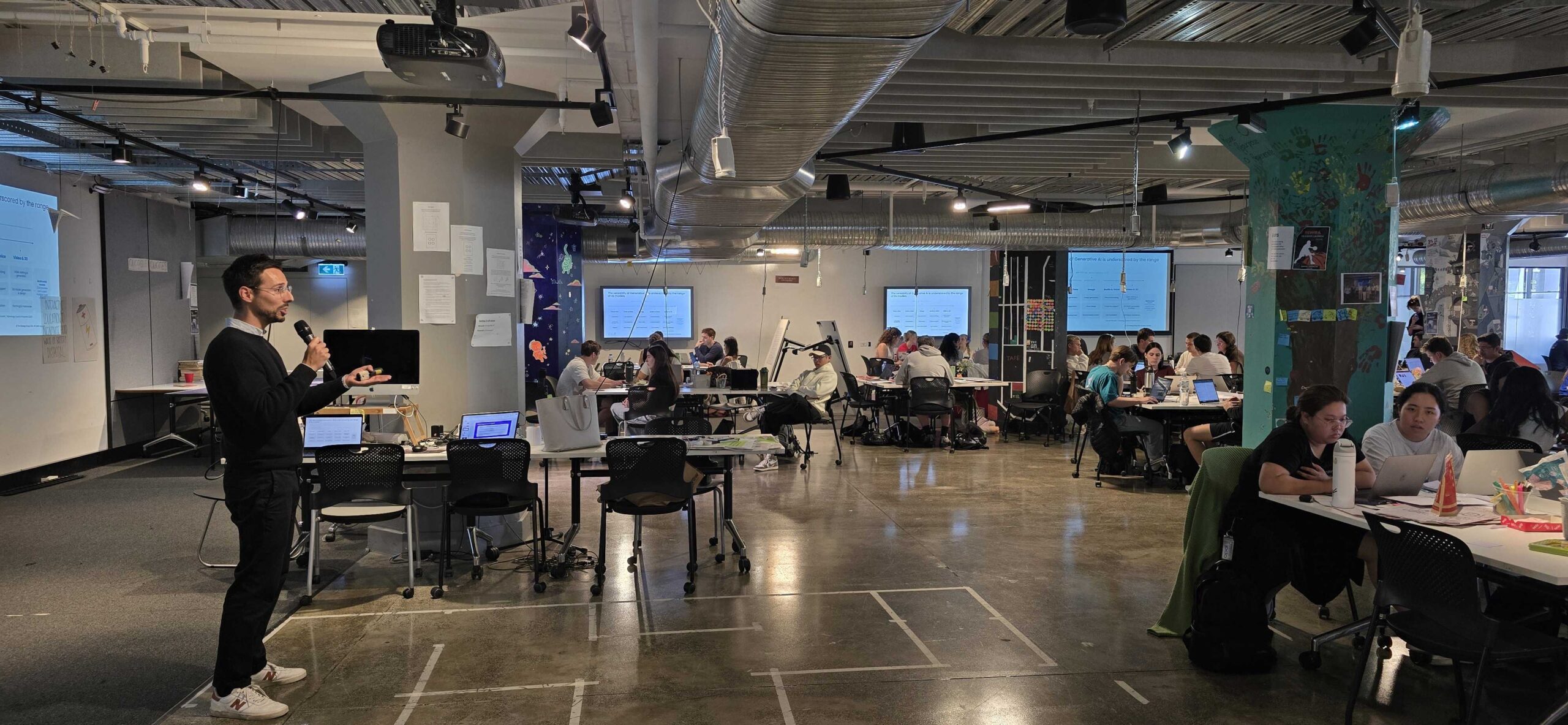Think about how many times you’ve had to register for an online account that you’ve only used once to pounce on a promotion. Think about how many times you’ve been forced to accept cookies on a website you used for no more than a minute. Think about how many apps you currently have downloaded on your phone, how many of them you actually use, and how many are different to the other apps you use. My guess is not many. And for the apps that you do use regularly, how many ads you see on a daily basis as you click, scroll, select and swipe?
How Digital has transformed into a culture of duplication
Now cast your minds back to the experience of using your first mobile phone and how much that has changed with digital mediums. Sure, everything looks more polished in attempt to mimic the success of industry giants, but much of what we experience nowadays is influenced by trends in consumption, behavioural economics and a lack of disruption, hindering the quality of ideas and solutions that make a digital experience meaningful and human-centred.
Design Thinking Compliments Digital Strategy, It does not necessarily humanise it
In theory, creating a digital strategy through a human-centred lens should be a more challenging venture than it is perceived to be, considering it’s crafting an experience that substitutes or decreases the number of human touchpoints. Human interaction is a fundamental part of positive wellbeing, and so I’m surprised by the number of organisations that believe they have nailed the digital experience, as emulating the effects of human engagement can be a difficult thing to achieve. Nevertheless, human-centred design has evolved to become a popular methodology for digital transformation as an attempt to foster a balance of value between the customer and the organisation. However, a lot of the principles, frameworks and methods are novel and are being applied prematurely without the required human skills to deliver value. Examples of red flags emerge too often, where organisational decisions rely on the competence of a stakeholder who completed a 7-day UX bootcamp and came back to leadership wide-eyed and with the revolutionary message of, “we need an app”.
It’s Difficult to see the light when you’re standing in someone else’s shadow
In a time where the term ‘over-consumption’ is marketed as ‘seamlessness’ and ‘connection’, organisations have become lost in the adoration of design and marketing of powerhouses like Apple and Amazon, ultimately losing sight of more innovative and powerful ways to communicate ideas and solutions. There is a looming need for organisations to re-evaluate whether their digital models are actually centred around their customers.
There are Growing Pressures in the mass-produced digital market
We are truly in an age of inescapable digital consumption. Accelerated by the implications of a global pandemic, the pressure for organisations to embed digital capabilities has become more pressing than ever before. Whether it’s organisations that have only made tentative forays into digital or those that believe they already have skin in the virtual game, UX and UI design are often associated with the successful development of digital aptitude. Using a design thinking approach does offer a holistic framework that balances user needs with business goals to deliver value from the outside-in. However, organisations that seek opportunity in the digital realm often see design thinking as a replacement for creative design skills, rather than a tool to help position designers and foster collaboration within the organisational structure. The misunderstood application of such tools has resulted in propositions that do not consider customer needs as a priority, and instead focus on fitting digital models into the perceived expectations of the market.
A Digital Strategy built on trends may help you survive, but it won’t help you flourish
How many times have we seen organisations release a new app that looks clean but adds no additional value for continued use, or a re-designed website obviously inspired by Apple that introduces a new chat-bot feature with a different name? They also may have invested in swanky new in-house digital content and marketing talent that produces twice as much content but yields half the effectiveness. Or, they may have adopted a suite of software to improve internal efficiency that nobody has actually mastered or bothered to integrate into the organisation. Are these the digital solutions that will instil the confidence that organisations need to stay relevant for the foreseeable future? Maybe it might help for survival, but what most do not see or understand is what got you here, will not get you there.
Joining the Digitally Capable Club
When an organisation finally enters the ‘digitally capable’ club, they need to realise that almost everyone in that room looks exactly like them, with a matching entitled sense of understanding customer-centricity. The reality is that our current digital landscape offers more frustration than the delight of earlier innovations, like when the Iphone was first introduced, or when Amazon re-defined the online shopping experience we know today. There are currently a combined 4.83 million apps available on android and Apple stores, yet research shows app users spend 77% of their time using only 3 apps. There are over 1 billion live websites on the internet, and you and I are being exposed to an estimated 6000 ads per day through the abundance of digital channels available at our fingertips. In 2020, 60% of organisations have undergone some sort of digital transformation. However, 80% of the population has more frustrations than pleasurable experiences when Interacting with a digital medium, yet research shows that customers who have an emotional connection with an organisation can yield 306% lifetime value (To read more from Psychology Today about this paradox of feeling in digital mediums click here). There is a scarce number of differentiators, disruptors and innovators that avoid the oversaturated tropes of digital design trends and market expectations.
There is no blueprint for creating an amazing customer experience, and an amazing digital user experience is becoming even more difficult create, evolve and maintain. It is important to remember that humans are not attracted to your website or app because it’s stylish and has trending features. They are attracted to your business because of your story, and your ability to deliver value and innovative ideas that align with their needs, rather than thinking they need to be constantly reminded of your existence.
An Opportunity to be the Digital Disruptor
Design thinking is a valuable methodology providing an organised path that can help shift organisational focus to more creative desirable ideas and solutions. The process helps facilitate creativity and innovation under the facilitation of highly skilled designers that can embed an innovative digital strategy co-creatively within the culture of the organisation. It may be hard to pivot digital models for the sake of retaining market share and considering the impact of COVID-19 on B2B and B2C, but digitally motivated companies should look to the future with the opportunity to take on the role of the digital disruptor that stands out in a saturated market where users are more and more critical about their time and attention. Stop thinking about how you can position yourself in your users algorithm and start thinking if they even have a need you there in the first place.
To read more about how to accelerate and execute digital transformation click here for The Strategy Group’s key insights.
Here at The Strategy Group, we work with organisations to create and embed creativity and innovation into digital solutions that not only meet their true customer’s needs, but also delights them. If you want to foster a culture of going above and beyond the status quo, please don’t hesitate to reach out to us.
Are you following us on social media?LinkedInInstagram












